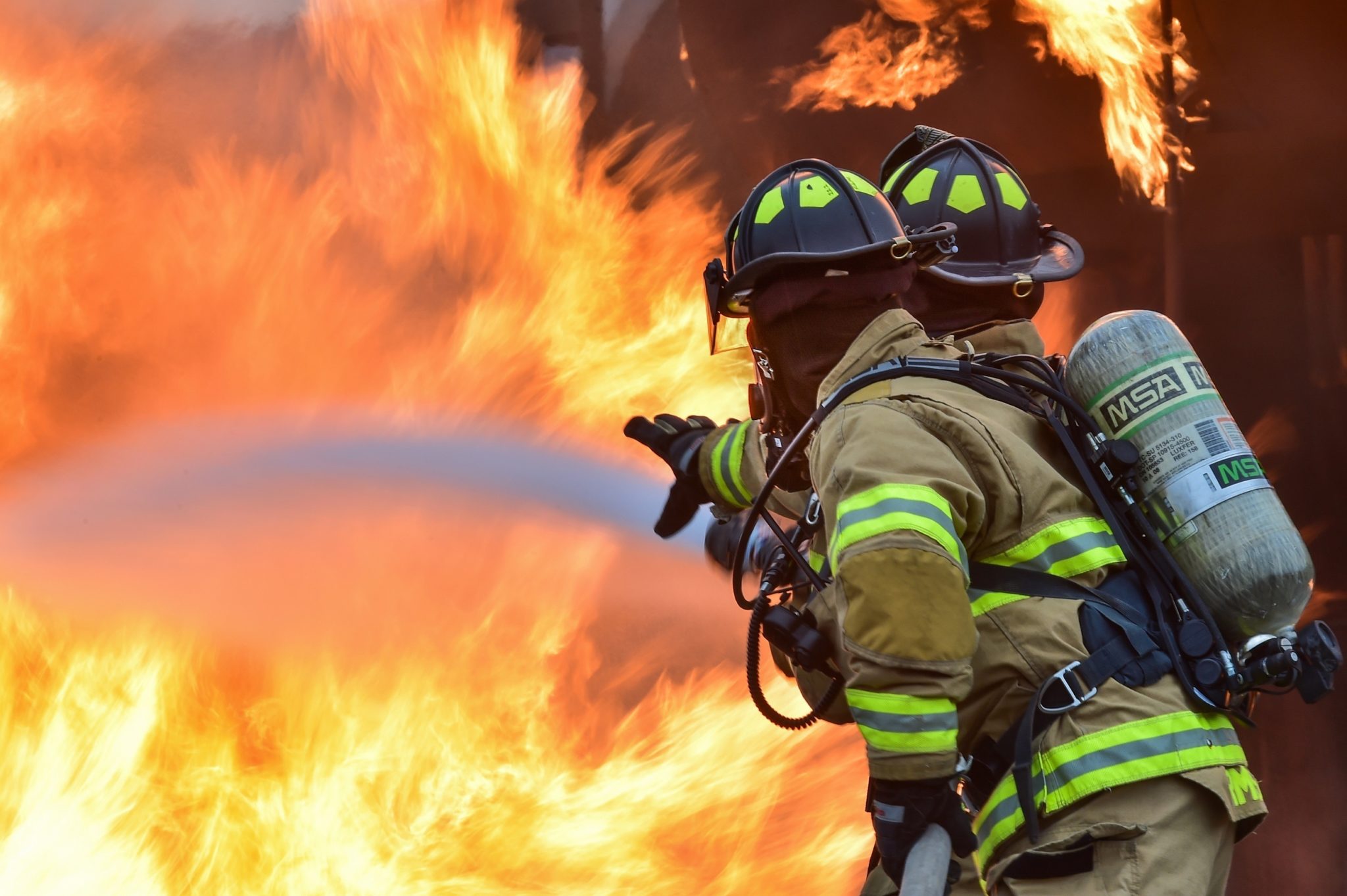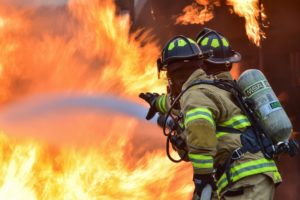
 From time to time, we like to share perspectives from members in our connected communities. We’d like to thank the folks over at Fire Engineering Magazine for their post today:
From time to time, we like to share perspectives from members in our connected communities. We’d like to thank the folks over at Fire Engineering Magazine for their post today:
For almost 140 years, Fire Engineering magazine has been involved in training the fire service and dedicated to the interests of firefighters around the nation. Despite the magazine title, Fire Engineering (FE) is not primarily concerned with the fire protection engineering profession. But, FE Board Member Jack J. Murphy, and his partner Sean DeCrane, have been trying to get line firefighters more involved with fire protection standard and code issues. Although such issues are perhaps not as immediately germane to firefighters as are firefighting tactics, they do play a critical role in shaping the “workplace” in which firefighters conduct their operations—which gives rise to the title of Murphy and DeCrane’s series, “Taming the Fire Environment.”
As Murphy and DeCrane note, firefighters need to take a two-pronged approach to these challenges. First, they need to develop internal mechanisms to transmit information about building construction, fire protection systems, and specific structures within their response areas. This vital intelligence can allow commanders to make better decisions about how to use their resources on scene and the dangers they face, but also provide line suppression personnel the ability to make agile tactical decisions when faced with immediate concerns on the fireground.
The second part of this approach deals with getting fire departments more actively engaged with building codes to help influence safety for both building inhabitants and the fire crews that respond to emergency scenes in new construction.
Murphy and DeCrane write:
Newer structures and future construction/system features already on the horizon are a far cry from when many firefighters come on the job.
So how do firefighters stay ahead of the building knowledge game of chance, outside of learning from the “What Ifs” on an LODD Report? Presently, there are building information card solutions that range from a simple paper document, to field applications that use a mobile portal appliance. With the latter, a fire department will be better equipped to guide responders with the various levels of building intelligence available, and be able to share this data with other (non-fire) emergency response crews and public agencies.
These solutions are decision-making tools that will help a firefighter or incident commander to make self-assured risk analysis, assist in search and rescue efforts, enhance firefighter safety, and provide a building intelligence database for all future firefighters to come.
In 2016, Murphy has worked to educate the fire service and raise awareness about upcoming ICC code hearings that may impact their work environment, including providing a handy guide to ensure fire department members are validated for final code action hearings. It is not a simple process, but Murphy and DeCrane are making the best use of digital media to keep our nation’s firefighters informed about the fire protection issues that directly affect them—and the citizens they serve.
For more fire protection and prevention news from the fire department point of view, consider visiting www.fireengineering.com/fire-prevention-protection.

